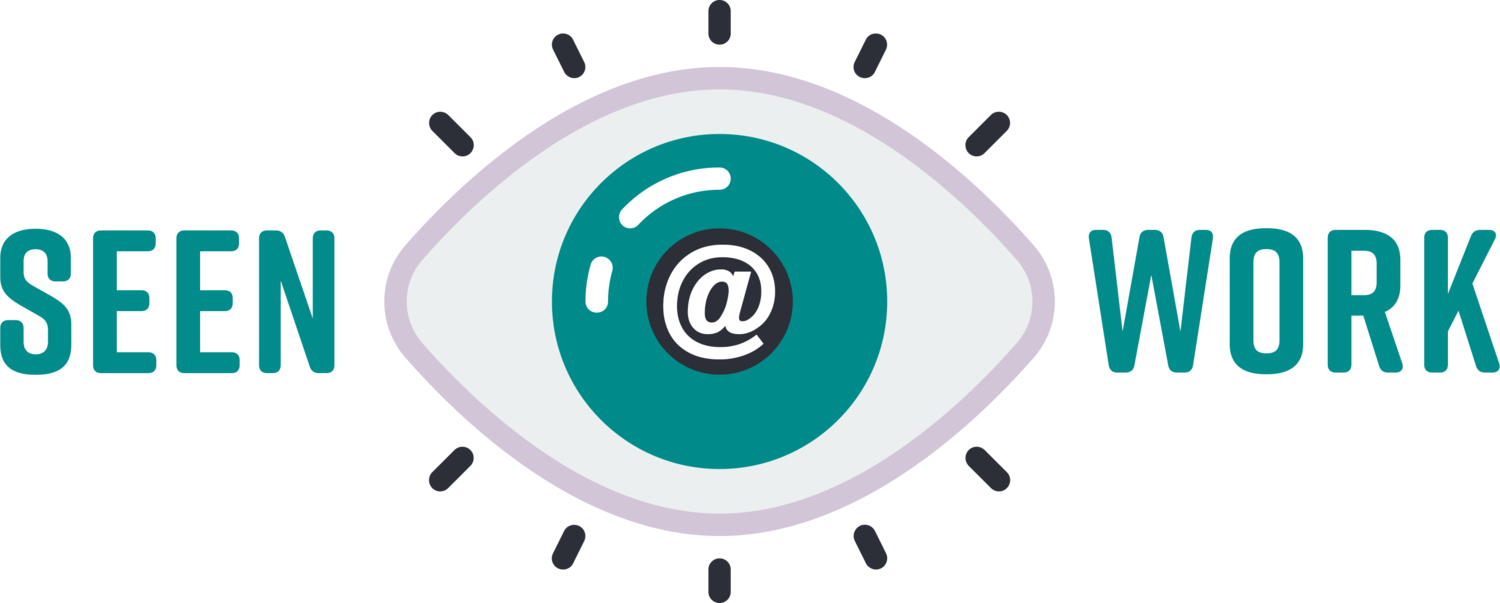July is Disability Pride Month!
The first Disability Pride Day was held in 1990 in Boston to celebrate the passage of the Americans with Disabilities Act and has since grown and expanded both in geography and meaning. Disability pride is described as increasing the visibility of the disability community through a celebration of disability culture and recognizing how disabled people have contributed to society.
“Embracing disability pride means challenging systemic ableism and accepting disability as a natural, and celebrated aspect of human diversity.”
Seen@Work Has Training Solutions to Help You Build an Inclusive Culture.
Schedule a Consultation today.
History you may have missed: The Disability Rights Movement in the US
People with disabilities have faced significant marginalization, discrimination and abuse throughout time. Many of these mistreatments were erased from history books or kept out of the public eye. However, there was a shift post-WWI when large numbers of military members returned home with impairments. During the 1940s and 1950s disabled veterans increased awareness and pressured decision makers to enhance support for the disability community.
Catalyzed by the traction made during the 1960s and the Civil Rights Movement, disability rights advocates began mobilizing on a large scale. With massive protests such as the Section 504 Sit Ins, Gang of 19 and ADAPT public transit protests, the Capitol Crawl, and the rise in disability justice (such as #CripTheVote and the Disability Visibility Project), the disability community has taken on legal battles, legislation, and other cultural revolutions to enhance awareness, representation and access to community for disabled people. Leaders like Ed Roberts and the Independent Living Movement, Judy Heumann who led the Section 504 Sit Ins, and Alice Wong, founder of the Disability Visibility Project -- and countless others-- have played a central role in challenging systemic ableism and celebrating disability as part of the diverse human experience.
Ways you can celebrate disability pride:
Educate yourself about the disability rights movement and the history of disability culture and community.
Learn from disabled advocates and seek out disabled perspectives to enhance your understanding of lived experiences of disability.
Increase your awareness about systemic and institutional ableism and seek out opportunities to be an ally through advocating for change.
Commit to including disabled people in your conversations around diversity, equity and inclusion. Disability is often an underrepresented diversity dimension and elevating the voice of disabled people can help identify opportunities for to increase inclusion.
Build Community -
Retain and Engage Your Employees
Check out Seen@Work’s signature Circle Program.
Schedule a Consultation today.


